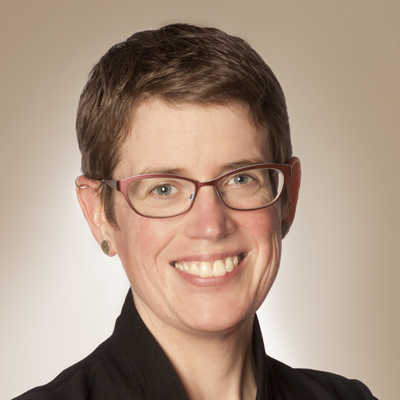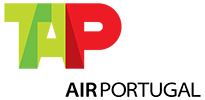-
Kim Goodwin is VP of Product and User Experience at PatientsLikeMe, where her team helps patients with serious diseases live better today and drive medical research for tomorrow.
25
14:00 - 17:30
Aud IIWorkshop
Turning Data into Design
Once you have data from user research, how do you turn that into a compelling design solution… and herd the cats along with you? It's especially tough when you have to work around limited project scope and organizational silos. That's the focus of this half-day workshop.
Storytelling is a powerful tool, both for unleashing our imaginations and for persuading others. We'll start with how to get the most out of fast qualitative research and journey mapping. From there, we'll use storytelling in a generative way: creating ambitious stories to broaden our thinking and develop a vision, using those to drive storyboard sketching and detailed iteration based on natural workflow and priorities.
Topics will include:
- How to get the most out of time with your users, so you have the data you most need for design.
- Techniques for developing effective journey maps from interview data, with a chance to practice.
- How to use scenarios alongside Agile user stories or requirements.
- Creating effective scenarios, with or without personas.
- Using scenarios to help translate solutions to any channel or platform, whether you're mobile-first, desktop-focused, or translating between digital and brick-and-mortar.
- Using your initial scenarios to drive structure and flow in your sketching, then using increasingly detailed scenarios to iterate and test the solution—fast!
- Supporting design decisions with scenarios, even at the pixel level.
Expect realistic exercises where you'll put theory into practice. Throughout the session, we'll discuss practical realities like limited scope, skeptical stakeholders, and the challenges inherent in certain industries or consumer settings. Bring your questions and frustrations as well as your success stories!
What you'll learn
- Narrow the gap between understanding your users and knowing what to do about it.
- Develop a shared view of the problem, stop feature creep, and minimize opinion-based wrangling about solutions.
- Create user-centered solutions that don't mirror your org chart or ignore users' real cross-channel behavior.
- Make your user experience better by examining every touchpoint and using emotion–not just functions and tasks–to inform your choices.
- Fit scenarios seamlessly into your existing process, whether it's Agile, waterfall, or Agile-fall.
- Make design choices and trade-offs visible to the team (and even users) quickly and cheaply.
- Help drive the requirements process instead of responding to it when it's over.
Who is for
This workshop is for any designer, engineer, or product manager who's had to figure out what to build, how it should behave, and how it should look…and sell the rest of the team along the way. A solid grounding in interface design principles and patterns is helpful for the sketching exercises. Those with a lot of experience using scenarios may find parts of the session are a "refresher." The content is equally applicable whether you're designing something new or improving what you already have.
24
11:45 - 12:30
Auditorium ITalk
The Values are the Experience
When you think of an organization with a terrible user experience, what comes to mind? Is it their inconsistent styling and awkward onboarding? Or is it their terrible customer support, buggy software, and conflicted revenue model? We claim the grandiose label of “user experience” designers, but most of what makes a user experience good or bad has nothing to do with pixels, content, or CSS. It may not even be about the workflow. In reality, the experience is created by hundreds or thousands of employees who decide where to invest, what to measure, and what the business policies are. As designers, coders, or product managers, we may feel powerless to fix it…and we are, as long as we believe software is our design medium. Kim will make the case for focusing on values: how to recognize them, apply them to advocate for users, and when necessary, how to begin changing them.














